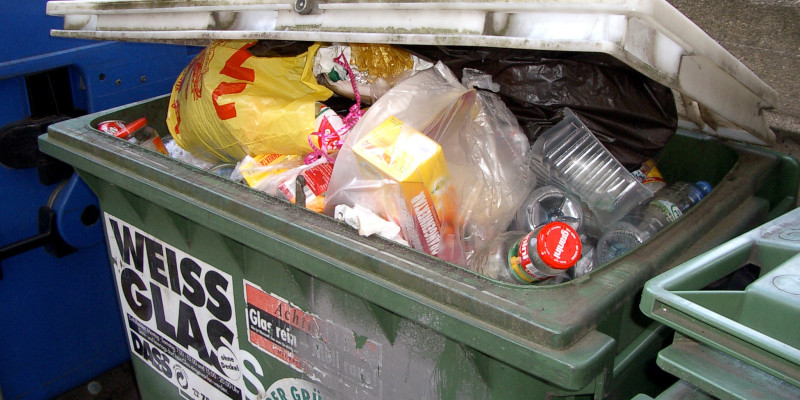Waste classification
 Click to enlarge
Click to enlargeSource: Bernd Kreuscher / UBA
Systems for the classification of waste have been developed and designed according to different principles . The classification can be based on substance or on source of generation.
 Umweltbundesamt
Umweltbundesamt
 Click to enlarge
Click to enlargeSystems for the classification of waste have been developed and designed according to different principles . The classification can be based on substance or on source of generation.
Various instruments are used for waste classification at the national and international level, in connection with transfrontier waste shipments. Such instruments include the European Waste List (EWL) and green and amber list of wastes of Regulation (EC) No. 1013/1006. The various types of waste are classified irrespective of disposal method.
European Waste List classifications
The European Waste List (EWL), which governs waste designations for all EU member states, mainly classifies waste according to source of genration. The list was transposed into German law via the Waste Classification Ordinance (Abfallverzeichnisverordnung - AVV). The purpose of waste classification, which involves assigning a given waste to a waste type and a waste identification code, is to harmonize the designations for all types of waste in the EU. A given waste’s classification also defines its hazardousness, which in turn governs the register and reporting obligations for all waste disposal actors.
The European Waste List (EWL) distinguishes between hazardous and non-hazardous wastes, whereby the former are flagged via an asterisk next to the waste identification code (e.g. 160601* for lead acid batteries). Wastes that can be classified either as hazardous or non-hazardous appear twice in the EWL (so called mirror entries) and are differentiated by their waste identification codes, e.g. 170410* for cables containing oil, coal tar and other hazardous substances, and 170411 for cables other than those mentioned in 170410.
Waste classifications are required to take into account of all waste specific information such as analyses of the relevant contents, as this is the only way to determine whether the waste in question has hazardous properties. In the interest of facilitating such classifications, the Federal Ministry for the Environment (BMU) has issued a document titled Advice for the Application of EWL (Hinweise zur Anwendung der AVV), which substantiates the various hazard criteria.
Classifications for transfrontier shipment of waste (green and amber list)
Since enactment of the EU Waste Shipment Regulation (WSR) in 1994, transfrontier waste shipments have been governed by a predominantly substance based waste classification system that superseded the OECD system comprising red, yellow and green listed waste. The version of the EU Waste Shipment Regulation that was adopted in 2007 calls for a binary classification system involving green and amber listed waste. The UBA has issued a consolidated version of green and amber lists of WSR, which are otherwise only available via references in the texts of the relevant laws and regulations.